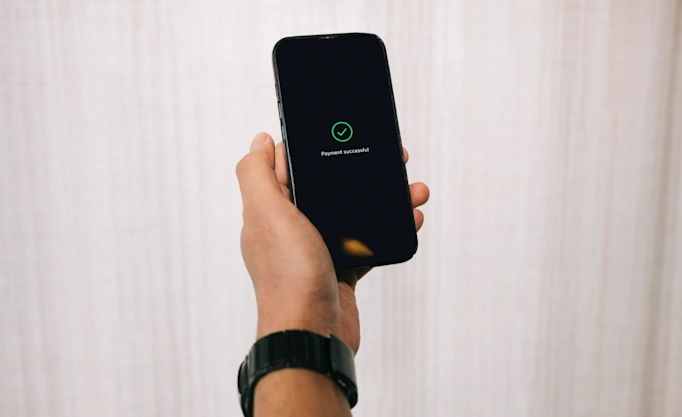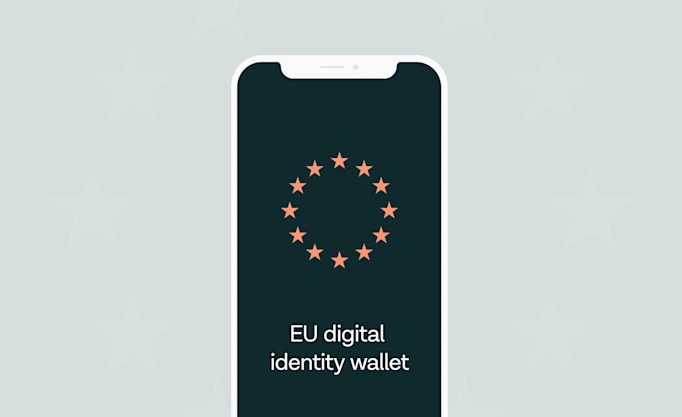What’s the difference between A2A payments and PIS? In short: open banking

There’s been a lot of talk about A2A payments the last few years. How they’re faster, safer, cheaper. The term PIS, or payment initiation services, often gets thrown around in the same context. You might even see the two terms, A2A and PIS, (mistakenly) used interchangeably. So how do they differ? And what are their respective use cases? Read on to find out.
Account-to-account payments, or A2A, have been around for a while but have grown in use over the last few years.
As A2A payments are becoming more popular talk is turning to PIS, or payment initiation services – an A2A payment method powered by open banking.
Open banking powered payments are cheaper, faster, and safer than other payment methods because there are fewer intermediaries and they use the latest authentication technology.
A2A (account-to-account) payments, also known as account-based or online bank payments, have been around for a while but have enjoyed a steep upswing in recent years. Lately, the talk has turned more towards a specific kind of A2A payment – PIS, or payment initiation services. But what’s the difference between A2A and PIS?
A2A payments explained
Put simply, an A2A payment is where the payment goes directly from the payer’s bank to a service provider or merchant’s bank. From one account to another – without any intermediaries such as a debit or credit card. This often means lower fees for the parties involved.
All A2A payments fall under one of two main types or categories:
Push payments, which are usually one-off transactions that require the payer to manually send, or push, funds into the recipient’s bank account. The classic example is a bank transfer, where you manually enter the recipient’s bank account details.
Pull payments, typically when a merchant or service provider pulls, or withdraws, money from a consumer’s account. Common examples include direct debit payments like subscriptions and other kinds of recurring payments.
Services where banks transfer funds from account to account have existed for many years and typically involved a degree of manual work. Though they’ve been around for a while, A2A payments have never truly gone mainstream and are often considered an ‘alternative’ payment method. Despite being much cheaper due to the lower fees involved, they haven’t had enough reach or a high enough conversion rate to become anything more than a ‘nice’ payment method. Until now, that is.
A2A payments, meet open banking
With the help of open banking technology – and more than a little push by the pandemic-driven digital boom – A2A has been gaining momentum in recent years. And as A2A payment flows have become increasingly mobile-friendly and API-driven, new A2A payment types have emerged in parallel, too. Such as peer-to-peer payments (P2P) and PIS.
A2A payments traditionally ran on legacy banking rails, often built before the digital age and which proved hard to scale and to align across borders. The advent of open banking APIs changed all this by enabling consumers to pay seamlessly from their bank account in third-party services. This meant that A2A payments, powered by open banking, were no longer restricted to the banks’ own channels but could be embedded in the apps that consumers already use, with a greater focus on conversion and the user experience.
Add to this the fact that open banking payments can essentially be used by anyone with a bank account, and that they’re lower in cost, it’s easy to see why they’re taking off. A variety of service providers from merchants to neobanks are taking note of the opportunity. Take Kivra, for example, or Tink’s recent partnership with Revolut. As merchant demand increases, so too will adoption among major incumbents in the payment industry, like payment service providers or PSPs.
Why PIS is different from other A2A payment methods
As mentioned above, open banking payments, or PIS, retain a lot of the core benefits of A2A payments. They’re low-cost, based on the highest security standards, and enjoy a broad reach. But the API-driven, embeddable nature of PIS means there are some crucial differences that make it such an attractive addition to the payment mix. These include:
Better user experiences
PIS can be embedded anywhere, which means it can integrate seamlessly into a merchant’s existing payment flows. There’s no need for a user to leave the app and enter their banking environment to initiate a payment.
There are fewer redirects, meaning quicker flows and less risk of users dropping off. The average duration of a Tink-enabled payment flow is less than 45 seconds.
PIS is mobile-friendly, and designed for a mobile-first world – as opposed to legacy desktop or even offline A2A payment flows.
PIS flows offer greater customisation options, letting merchants optimise the payment experience and use their own branding across much of it.
Higher conversion rates
The improved user experience and convenience of PIS means conversion rates can improve significantly versus legacy A2A methods, where you might have had to manually enter bank details or complete a lengthy authorisation form.
Traditional A2A payments often took place entirely on a bank’s own channels. With open banking, PISPs like Tink are able to continuously optimise many of the steps that make up a PIS flow, with data from banks and users across Europe.
Open banking flows are improving beyond legacy A2A flows as banks are incentivised (and under regulatory pressure) to improve their authentication flows.
Even broader reach
Everyone with a bank account can use PIS. In theory this is the case for A2A payments more broadly, but the ease of integrating more banks and expanding internationally with open banking means the potential coverage is that much greater.
Open banking is driving the evolution of payments
While there are many types of A2A payments such as PIS, open banking payments represent a critical evolution in how they operate as well as their attractiveness for consumers and businesses alike. In fact, A2A payments are now predicted to account for 20% of ecommerce payments by 2023, according to a recent FIS report. Open banking, it seems, is finally taking A2A payments to the masses.
Want to know more about what open banking payments could mean for you and your business? Get in touch.
More in Open banking

2025-06-09
11 min read
The case for “Pay by Bank” as a global term
Thomas Gmelch argues that "Pay by Bank" should be adopted as a standard term for open banking-powered account-to-account payments to reduce confusion, build trust, and boost adoption across the industry.
Read more

2025-06-02
3 min read
Tink joins Visa A2A – what it means for Pay by Bank and VRP
Visa A2A brings an enhanced framework to Pay by Bank and variable recurring payments (VRP) in the UK, and Tink is excited to be one of the first members of this new solution.
Read more

2024-11-19
12 min read
From authentication to authorisation: Navigating the changes with eIDAS 2.0
Discover how the eIDAS 2.0 regulation is set to transform digital identity and payment processes across the EU, promising seamless authentication, enhanced security, and a future where forgotten passwords and cumbersome paperwork are a thing of the past.
Read more
Get started with Tink
Contact our team to learn more about what we can help you build – or create an account to get started right away.
